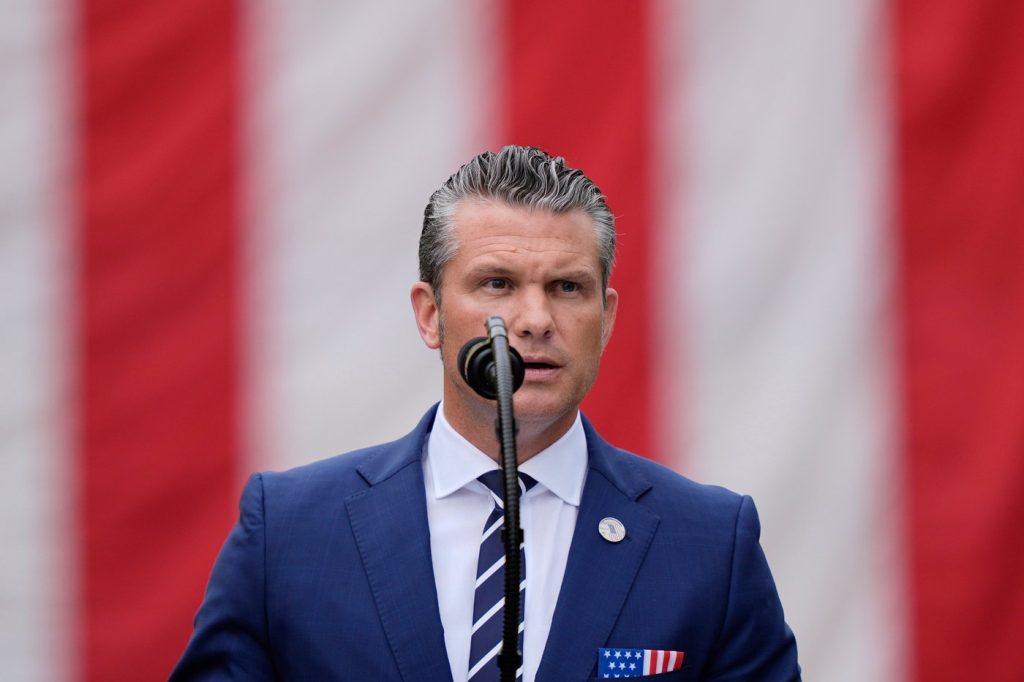On Tuesday, President Donald Trump and Defense Secretary Pete Hegseth are scheduled to address hundreds of U.S. military officials at the Marine Corps base in Quantico, Virginia. This meeting comes after the Pentagon unexpectedly summoned top commanders from around the world without disclosing the explicit reasons for the gathering. The event has sparked considerable speculation regarding its purpose, particularly as many of these generals and admirals are stationed in various conflict zones across the globe.
The nature of such high-level meetings is not uncommon; however, the scale of this convening, the urgency with which it was organized, and the lack of transparency surrounding it are notably unusual. Mark Cancian, a senior advisor at the Center for Strategic and International Studies and a retired Marine colonel, remarked that while it is reasonable for the Defense Secretary to articulate his vision for military strategy and organization, the short notice and in-person requirement raise questions.
Adding to the mystery, the meeting is taking place amid discussions of a potential government shutdown. Hegseth has been under scrutiny for implementing significant and unexplained changes within the Pentagon, including directing cuts to the number of general officers and the dismissal of high-ranking military leaders. The news of the seemingly spontaneous meeting broke last Thursday, with Pentagon spokesman Sean Parnell confirming its existence but withholding details.
President Trump appeared to be unaware of the meeting when asked about it in the Oval Office, stating he would attend if invited but downplaying its significance. A White House official later indicated that Trump would speak at the event, emphasizing a focus on the positive aspects of the military's current standing. Meanwhile, Vice President JD Vance downplayed the media's attention to the meeting, asserting it is not unusual for generals to engage with their superiors.
Italian Admiral Giuseppe Cavo Dragone, chair of NATO's Military Committee, characterized the meeting as unusual, noting that in his 49 years of service, he had never encountered a similar assembly of military leaders. The ambiguity surrounding the meeting has led to various interpretations of its aim, with Michael O'Hanlon from the Brookings Institution suggesting that there may be an element of drama involved that could overshadow substantive discussions. He expressed skepticism about the effectiveness of so many leaders convening in one space.
Bryan Clark, a senior fellow at the Hudson Institute, speculated that the meeting will likely focus on the Trump administration’s strategic shift in defense policy. He noted a trend towards a reduced emphasis on traditional theaters like Europe and Asia, redirecting attention more towards the Northern Hemisphere. Hegseth’s advocacy for the military's role in domestic security matters, such as securing the U.S.-Mexico border and supporting law enforcement initiatives, indicates a broader shift in priorities.
Clark further suggested that the in-person requirement is a strategic move to emphasize the importance of this transition in military policy, especially as video conferencing presents logistical challenges across different time zones. By gathering military leaders face-to-face, the administration likely aims to convey the significance of forthcoming changes and to rally support from key commanders.










